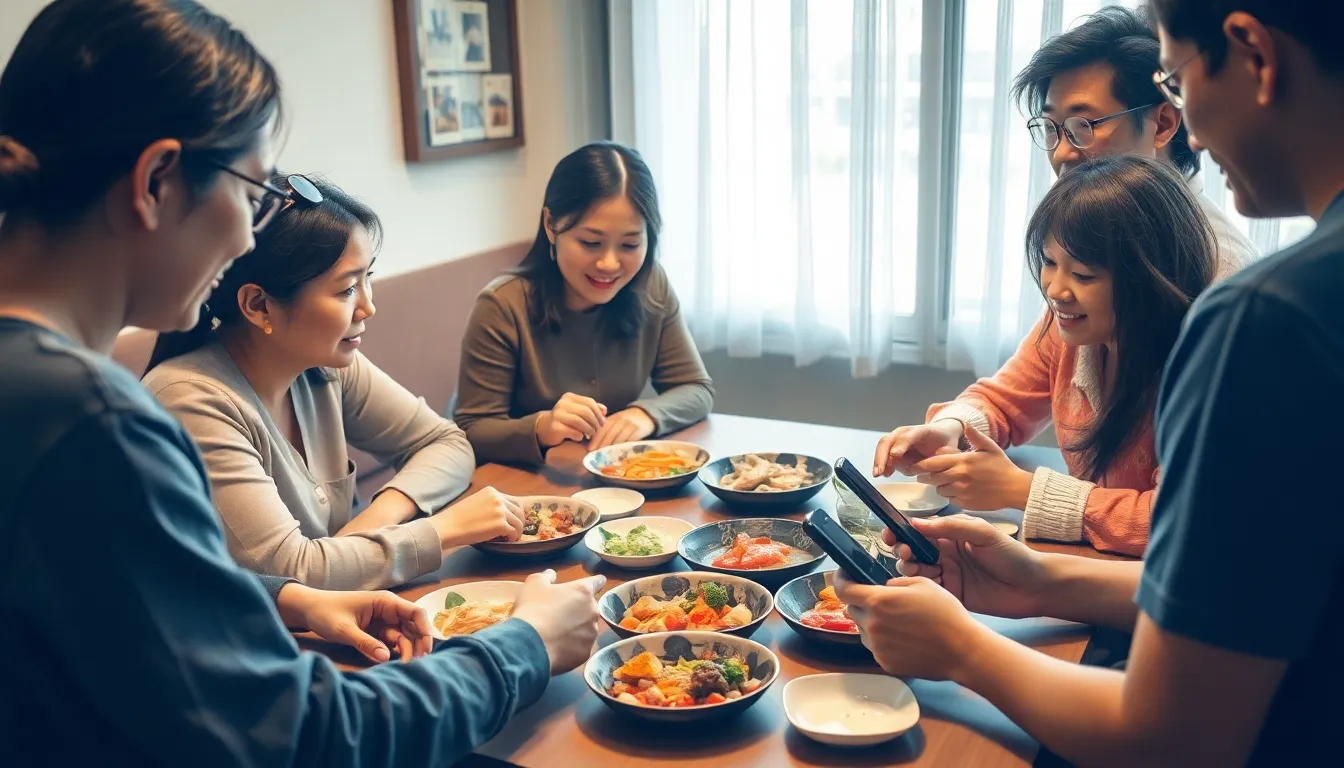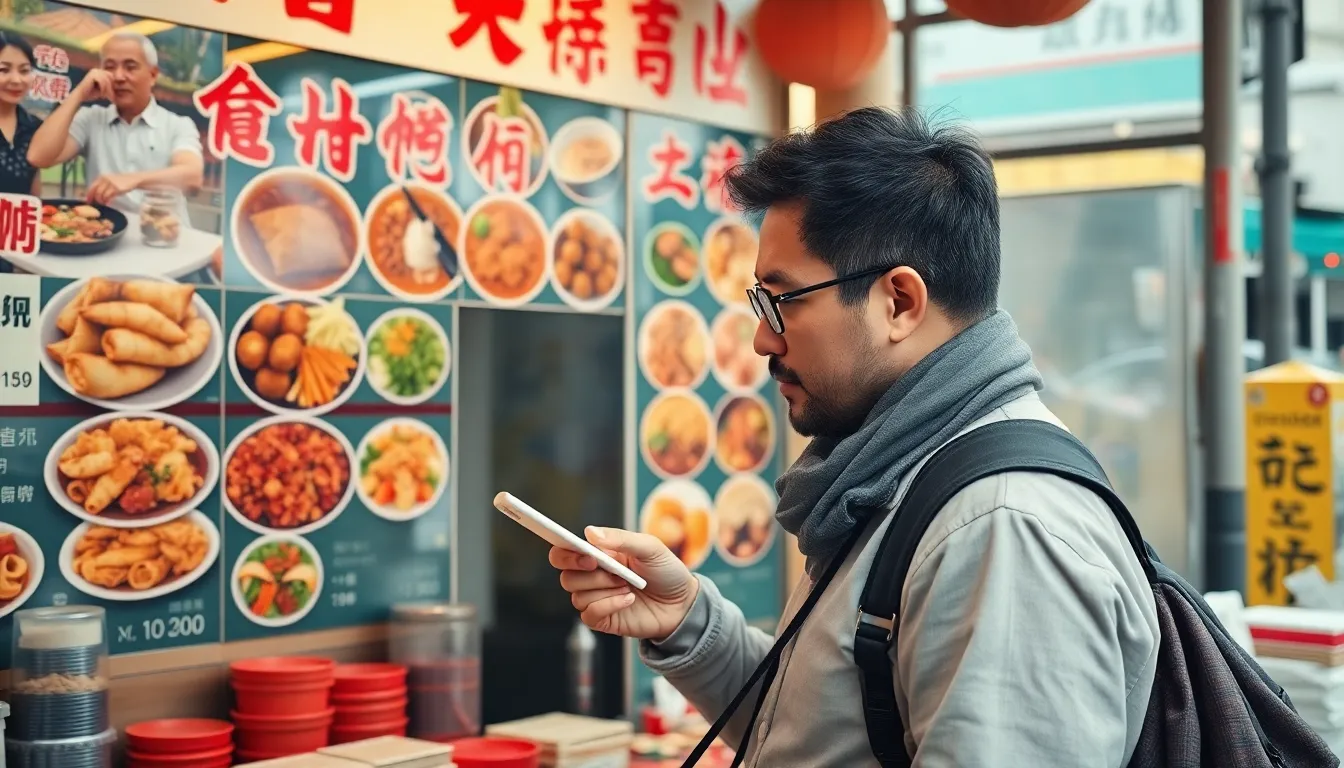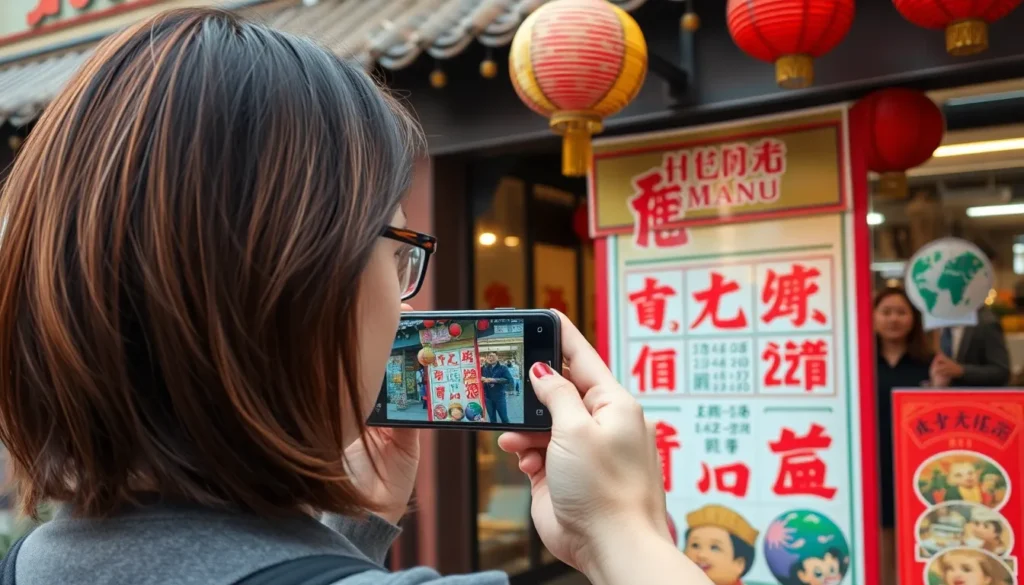In a world where communication knows no bounds, translating Chinese to English has never been more essential. Whether it’s deciphering a menu that looks like a game of Scrabble gone wrong or understanding a heartfelt message in a family photo, the need for accurate translations is clear. But why wrestle with a dictionary when you can snap a picture and let technology do the heavy lifting?
Imagine capturing that puzzling sign or intriguing text in a snap, only to have your phone turn it into perfectly understandable English. It’s like having a personal translator in your pocket, minus the awkward small talk. With the right tools, translating Chinese to English from pictures can be as easy as pie—delicious, mouth-watering pie! So, let’s dive into the world of image translation and see how it can transform your adventures into seamless experiences.
Table of Contents
ToggleOverview of Image Translation
Image translation serves as a practical tool for converting Chinese text to English. Users capture pictures of written content, such as signs or menus, and translation applications process these images for immediate understanding. Features like optical character recognition (OCR) facilitate the extraction of text, allowing rapid translation without manual typing.
Various applications excel in image translation, offering user-friendly interfaces that make the process accessible. Google Translate stands out with its ability to translate text within photos directly from a smartphone camera. Additionally, Microsoft Translator and other similar tools enhance accuracy and speed.
Accuracy is crucial in the context of image translation. Mistakes can lead to misunderstandings, particularly in sensitive situations like medical instructions or legal documents. Users benefit from high-quality image clarities, ensuring that the text is legible for better translation outcomes.
Image translation enhances cross-cultural communication. It bridges language barriers by making foreign text comprehensible, helping travelers navigate new environments. Individuals engaging with Mandarin cuisine, for example, often rely on image translation to decode menu items and enhance their dining experiences.
Image translation exemplifies how technology simplifies language barriers. As smartphone technology continues to advance, the effectiveness and accessibility of these translation tools will likely improve further.
Importance of Translating Chinese to English Pictures


Translating Chinese to English pictures plays a crucial role in enabling effective communication. Image translation serves diverse needs across various settings, enhancing experiences for both travelers and professionals.
Cultural Context in Translation
Understanding cultural context is vital in translation. Cultural references embedded in Chinese text often do not translate directly to English meanings. Recognizing idiomatic expressions or traditional symbols requires a nuanced approach. For instance, a menu item may reference a specific regional dish that holds cultural significance. Capturing this essence in translation ensures the integrity of the original message is preserved. Familiarity with cuisine, festivals, or historical contexts further aids in providing accurate translations. Contextually informed translations contribute to a richer understanding between cultures.
Common Challenges in Image Translation
Image translation presents several challenges. Ambiguity in source text often leads to inaccurate translations. Variations in dialects within Chinese language can affect comprehension, resulting in unexpected meanings. Handwritten text may also pose difficulties, as irregularities in script introduce errors during optical character recognition. Additionally, lack of contextual information can hinder accurate translations of signs or menus. Users frequently encounter cultural references that require explanation beyond mere translation. Addressing these challenges demands a blend of technology and cultural insight for optimal results.
Tools and Applications for Translation
Image translation tools play a vital role in bridging language gaps. Many options exist, tailored for both smartphones and web-based platforms.
Popular Smartphone Apps
Google Translate ranks among the top smartphone applications, offering real-time translation through its camera function. This app allows users to point their phone at Chinese text and receive immediate English translations. Microsoft Translator also stands out, featuring text and voice translation capabilities, alongside its own camera functionality. Other notable apps include Waygo, designed specifically for Chinese, Japanese, and Korean text translation, and iTranslate, which offers a photo translation feature. Such applications prioritize user experience and accuracy, ensuring seamless communication on the go.
Web-Based Solutions
Web-based solutions provide robust alternatives for translating Chinese images into English. Online platforms like OnlineOCR.net allow users to upload images and extract text easily. After extraction, various sites, including Google Translate and DeepL, translate the text into English. These tools often support batch processing, enabling users to handle multiple images simultaneously. Additionally, some websites specialize in translating documents and images with advanced features for nuanced translations. Such capabilities support users in obtaining clear and accurate translations while navigating various online content.
Step-by-Step Guide to Translating Pictures
Translating images from Chinese to English can be straightforward with the right approach and tools. Following these steps ensures effective communication.
Using Mobile Apps
Mobile apps provide a convenient way to translate pictures. Google Translate allows users to use their camera to capture images in real-time, providing instant translations. Microsoft Translator offers similar features, enabling quick scans of documents or signs. Users can also employ apps like Waygo for translating menus and signs without an internet connection. Such tools excel at optical character recognition, turning images into editable text while minimizing errors. Accurate translations depend on clear images, so ensuring well-lit conditions enhances results. Familiarizing oneself with the app interface fosters confidence in translation tasks.
Online Translation Techniques
Online translation techniques offer additional options for converting images from Chinese to English. Users can utilize web-based tools like OnlineOCR.net, which extracts text from uploaded images. After extraction, users can copy the text into translation platforms like Google Translate or DeepL for accurate rendering. Several websites allow batch uploads, streamlining the process for multiple images. While using these techniques, clarity in the original image plays a crucial role in accuracy. Contextual understanding remains essential, especially for nuanced phrases. Ensuring high-quality images yields better translation outcomes, making the process more effective.
Translating Chinese to English through images has revolutionized the way people communicate across language barriers. With the advent of advanced translation apps and tools, users can effortlessly capture and translate text in real-time. This technology not only enhances understanding but also enriches cultural experiences by providing context to translations.
As the demand for accurate translations continues to grow, leveraging these tools ensures effective communication in various settings. The combination of technology and cultural insight remains essential for achieving the best results. Embracing these innovations empowers users to navigate the complexities of language with confidence.










